The 6 Worst Foods to Eat at Night if You Want to Lose Weight
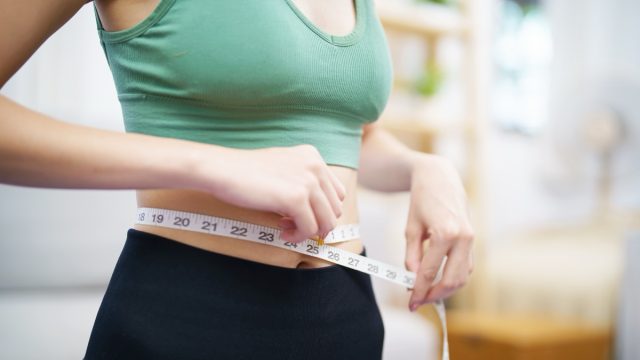
Losing weight isn't just about what you eat—it's also about when you eat. The foods you choose at night can make or break your weight-loss goals. Late-night snacks often disrupt sleep, spike blood sugar, and lead to unnecessary calorie consumption. If you want to wake up feeling refreshed and on track with your diet, avoiding these six foods before bed can make all the difference. By steering clear of these options, you'll promote better digestion, reduce belly fat, and set yourself up for success.
Sugary Desserts
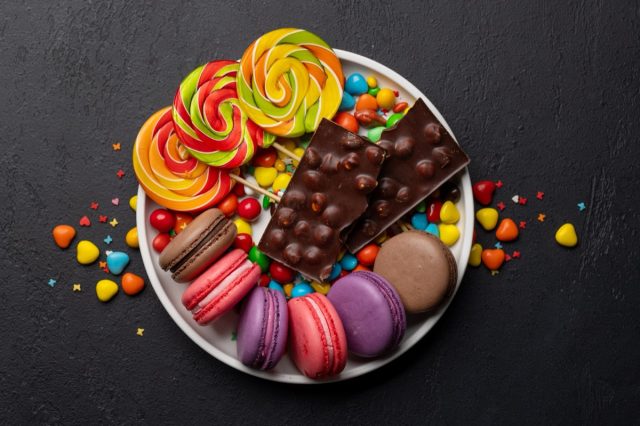
Desserts like cakes, cookies, and ice cream might satisfy a late-night sweet tooth, but they're a poor choice if you're trying to lose weight. High in sugar and fat, these treats cause a spike in blood sugar followed by a crash that can disrupt sleep. Additionally, the empty calories provide no real nutrition, leaving you feeling sluggish the next morning. Swap sugary desserts for a handful of fresh berries or a piece of dark chocolate if you need a sweet treat that won't derail your progress.
Fried Foods
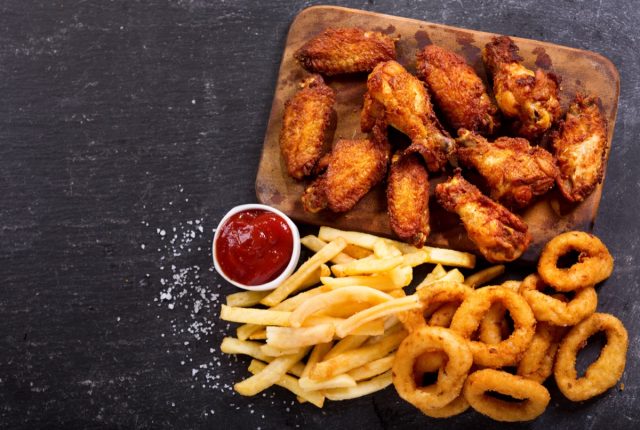
Fried foods like french fries, chicken wings, and onion rings are heavy, calorie-dense, and hard for your body to digest. Eating fried foods at night forces your digestive system to work overtime, which can lead to discomfort and disrupted sleep. Plus, the high fat content contributes to weight gain, especially when consumed close to bedtime. Opt for baked or roasted alternatives if you're craving something savory but want to stay on track.
Pizza
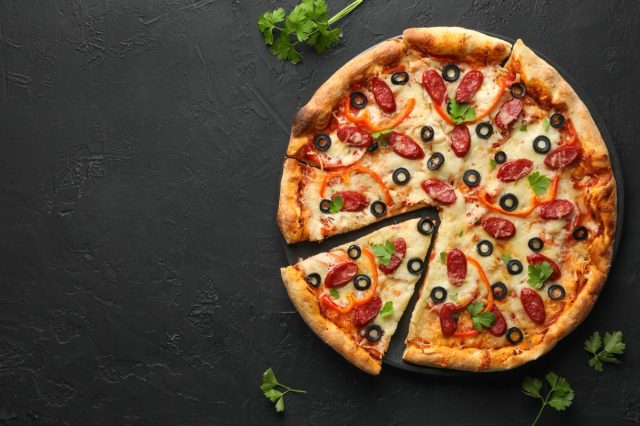
Pizza might be a favorite comfort food, but it's one of the worst options to eat before bed. Loaded with refined carbs, greasy cheese, and fatty toppings, pizza takes a long time to digest and can lead to indigestion or acid reflux. The high calorie count also makes it easy to exceed your daily limit, especially if you're not burning calories while sleeping. Instead, try a whole-grain flatbread topped with vegetables and a sprinkle of low-fat cheese to satisfy your craving without sabotaging your goals.
RELATED: 11 Weight Loss Mistakes 90% of People Make Without Knowing
Sugary Cereals
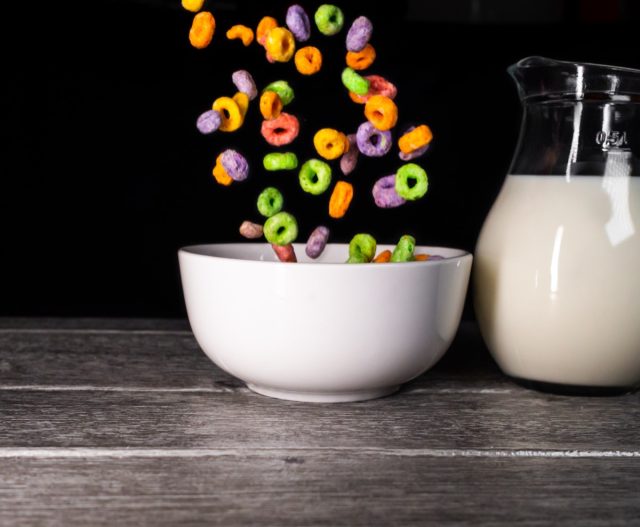
Sugary cereals are often marketed as a healthy snack, but they're anything but when eaten at night. Packed with refined sugars and low in fiber, these cereals cause blood sugar spikes and crashes that can lead to disrupted sleep and increased hunger the next day. Swap them out for a small bowl of unsweetened Greek yogurt topped with chia seeds or a sprinkle of cinnamon for a more balanced nighttime snack.
Alcoholic Beverages
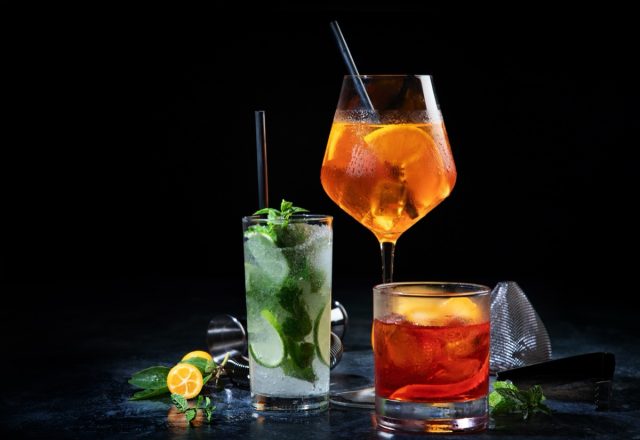
A glass of wine or a cocktail might seem like a relaxing way to end the day, but alcohol is a major culprit in sabotaging weight loss. Alcohol disrupts sleep patterns, dehydrates the body, and slows down metabolism, making it harder to burn fat. It's also high in empty calories, which can add up quickly. If you want a nighttime drink, choose herbal tea or sparkling water with a splash of lemon to hydrate and relax without derailing your efforts.
RELATED: 8 Tips to Make Losing Weight Feel Effortless, From Proven Experts
Spicy Foods
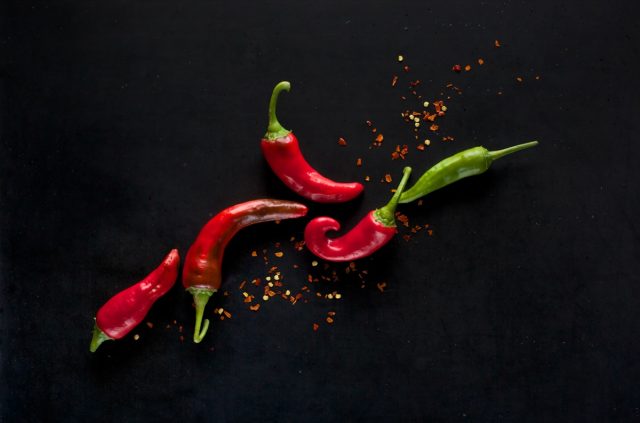
Spicy foods may be delicious, but they can wreak havoc on your sleep and digestion if eaten too close to bedtime. Foods with chili peppers or hot sauces stimulate your metabolism but can also cause heartburn or indigestion, making it difficult to get a restful night's sleep. This lack of quality sleep can interfere with your weight-loss goals by increasing hunger hormones and cravings the next day. Stick to milder options in the evening to avoid these pitfalls. Avoiding these six foods at night can significantly impact your weight-loss journey. By making smarter choices, you'll sleep better, feel more energized, and wake up closer to your goals. And if you enjoyed this article, take advantage of these 15 Quick Ways to Lose Body Fat Percentage in a Week.




